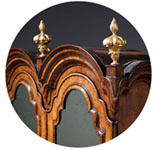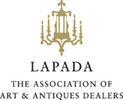Rare 17th Century William and Mary 10-Inch Ebonised Longcase/Grandfather Clock
Sold
Request Information
Follow Us
Rare 17th Century William and Mary 10 Inch Ebonised Longcase/Grandfather Clock
A rare, early English eight-day longcase clock signed on the chapter ring Aynsworth London, dating to the period c.1690-1700.
The elegantly proportioned ebonised case, formerly with rising square hood now sliding, is framed with convex mouldings and barley-twist columns. The trunk with mouldings to the door, lenticle and original hinges has a box base raised on bun feet.
The fine 10-inch square brass dial with a matted centre has an applied silvered chapter ring, subsidiary seconds dial under the XII, circular date aperture above the VI and fine unusual brass spandrels. The chapter ring is engraved with a narrow outer minute track within which are Arabic five-minute numerals, a central ring of Roman hours I-XII, lozenge-shaped half-hour markers and quarter divisions on the inside. There are three large letters in the matted centre: I W E. I and E are possible the initial letters of the names of a couple, whilst W might refer to a wedding, making the clock a wedding present. The time is indicated by a fine pair of period blued steel hands. The chapter ring is signed along the bottom edge Aynsworth London.
The weight-driven eight-day brass movement consists of going and striking trains. The going train has anchor escapement with a seconds pendulum, whilst the striking is regulated by an external count-wheel mounted on the backplate and indicates the hours fully on a bell. The pendulum has a brass-faced lead bob and the movement has contemporary brass-cased lead weights.
The maker
John Aynsworth was active as a clockmaker in the period 1680 to about 1710. Presumably, he lived with his wife Mary in the Parish of St Michael Cornhill, where he appears to have been a draper. Britten makes mention of a J. Aynsworth based in Westminster in the years 1645-1680, who was a lantern clock maker. Several longcase clocks, as well as lantern clocks by his hand are known.
Condition
Good. Wear consistent with age and use.
Dimensions
Height: 75.6 in. (192 cm)
Width: 16.93 in. (43 cm)
Depth: 9.06 in. (23 cm)
Literature
B. Loomes, The Clockmakers of Great Britain 1286-1700, Ashbourne 2014, p. 23
Britten’s Old Clock & Watches, ed. C. Clutton, G.H Britten & C.A. Ilbert, 9th edition, Chichester, 1982, p. 357.
PREVIOUSLY SOLD
No Results Found
The page you requested could not be found. Try refining your search, or use the navigation above to locate the post.
No Results Found
The page you requested could not be found. Try refining your search, or use the navigation above to locate the post.
YOU MAY ALSO LIKE
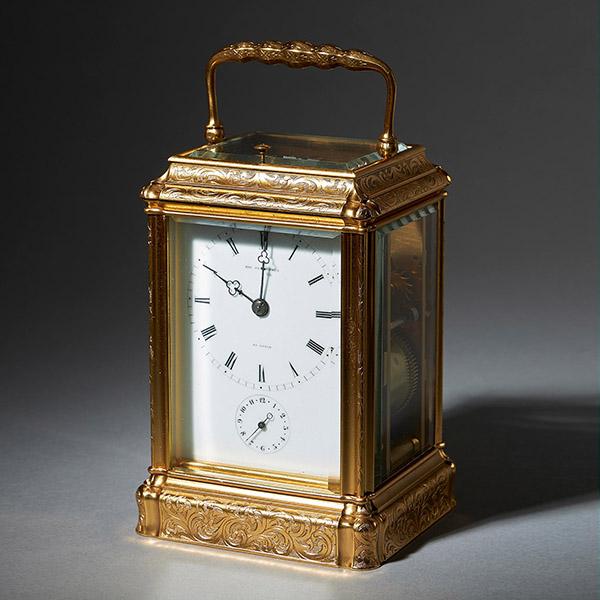
Engraved Eight-Day Striking and Repeating Carriage Clock by Perregaux Au Locle
Engraved Eight-Day Striking and Repeating Carriage Clock by Perregaux Au Locle Follow UsEngraved Eight-Day Striking and Repeating Carriage Clock by Perregaux Au Locle The superb engraved gilt gorge brass case has facetted glass panels to all...
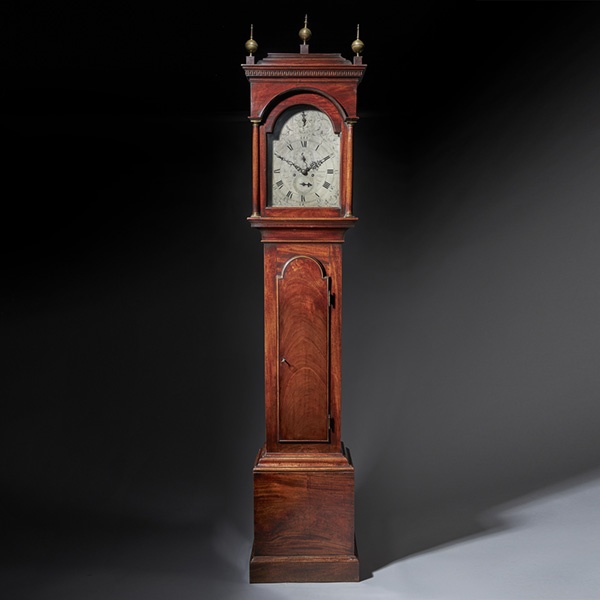
Fine George III 18th Century Period Mahogany Longcase Clock by Tomas Fowle
18th Century Period Mahogany Longcase Clock by Tomas Fowle £12,995 Follow Us18th Century Period Mahogany Longcase Clock by Tomas Fowle A fine George III period mahogany longcase clock of excellent colour, patination and proportions, circa...
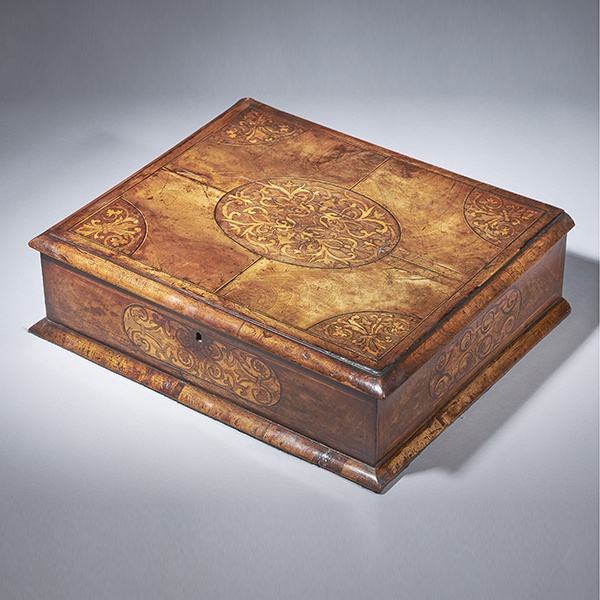
17th Century Figured Walnut and Seaweed Marquetry Lace Box
17th Century Figured Walnut and Seaweed Marquetry Lace Box £3,600 Follow Us17th Century Figured Walnut and Seaweed Marquetry Lace Box A fine and extremely rare figured walnut and seaweed marquetry 'lace box', circa.... let’s break it down -...
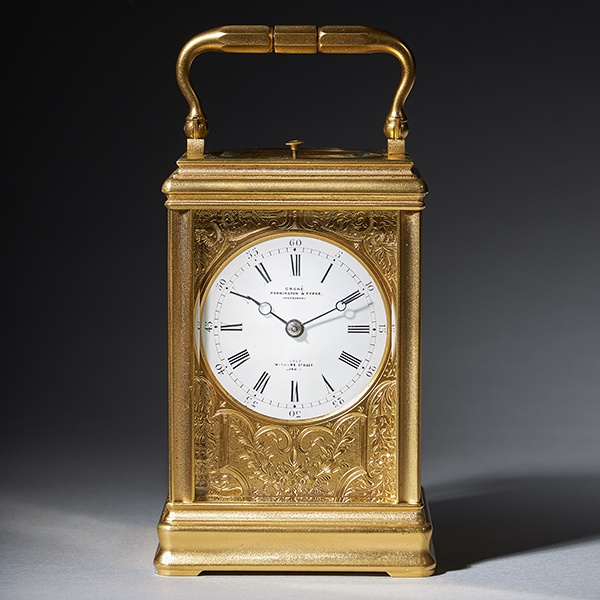
19th Century Repeating Gilt-Brass Carriage Clock by the Famous Drocourt
19th Century Repeating Gilt-Brass Carriage Clock by the Famous Drocourt £5,600 Follow Us19th Century Repeating Gilt-Brass Carriage Clock by the Famous Drocourt A superb repeating carriage clock with a gilt-brass gorge case by the famous maker...
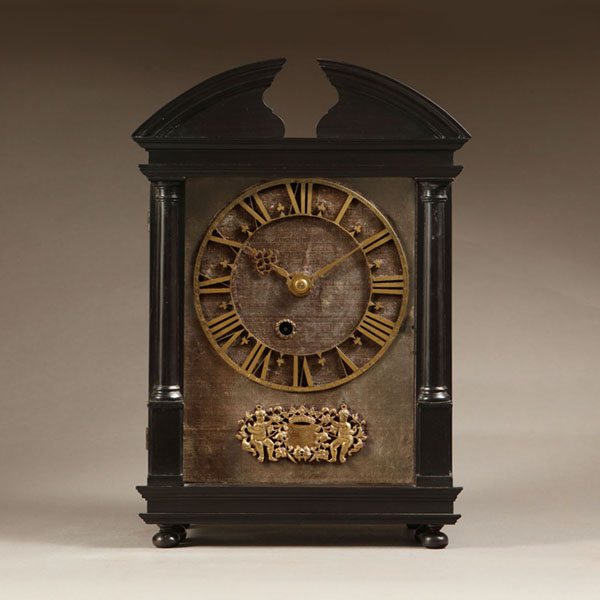
17th-Century Hague Clock Signed by Pieter Visbagh, circa 1675
Small 17th Century Hague clock made c. 1675 by Pieter Visbagh, who was apprenticed by Salomon Coster. The latter made the first pendulum clock according to the instructions of Christiaan Huygens, the internationally renowned scientist who developed the idea of applying a pendulum to a clock movement.
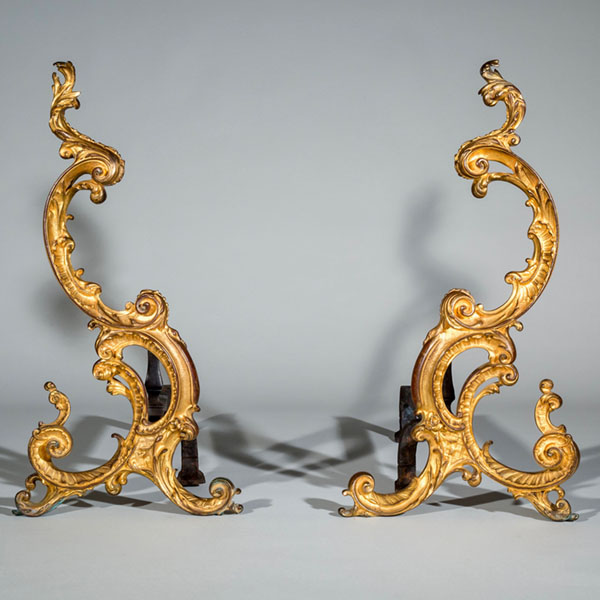
Pair of 18th-Century English Rococo Gilt Bronze Andirons or Firedogs
An exceptional pair of 18th century English Rococo gilt bronze andirons or fire dogs.
The bold shape of these andirons relate to designs of Thomas Johnson (1714–1778), one of London’s pioneers of the ‘Modern’ or French style, later known as Rococo.

Engraved Eight-Day Striking and Repeating Carriage Clock by Perregaux Au Locle
Engraved Eight-Day Striking and Repeating Carriage Clock by Perregaux Au Locle Follow UsEngraved Eight-Day Striking and Repeating Carriage Clock by Perregaux Au Locle The superb engraved gilt gorge brass case has facetted glass panels to all...

Fine George III 18th Century Period Mahogany Longcase Clock by Tomas Fowle
18th Century Period Mahogany Longcase Clock by Tomas Fowle £12,995 Follow Us18th Century Period Mahogany Longcase Clock by Tomas Fowle A fine George III period mahogany longcase clock of excellent colour, patination and proportions, circa...

17th Century Figured Walnut and Seaweed Marquetry Lace Box
17th Century Figured Walnut and Seaweed Marquetry Lace Box £3,600 Follow Us17th Century Figured Walnut and Seaweed Marquetry Lace Box A fine and extremely rare figured walnut and seaweed marquetry 'lace box', circa.... let’s break it down -...

19th Century Repeating Gilt-Brass Carriage Clock by the Famous Drocourt
19th Century Repeating Gilt-Brass Carriage Clock by the Famous Drocourt £5,600 Follow Us19th Century Repeating Gilt-Brass Carriage Clock by the Famous Drocourt A superb repeating carriage clock with a gilt-brass gorge case by the famous maker...

17th-Century Hague Clock Signed by Pieter Visbagh, circa 1675
Small 17th Century Hague clock made c. 1675 by Pieter Visbagh, who was apprenticed by Salomon Coster. The latter made the first pendulum clock according to the instructions of Christiaan Huygens, the internationally renowned scientist who developed the idea of applying a pendulum to a clock movement.

Pair of 18th-Century English Rococo Gilt Bronze Andirons or Firedogs
An exceptional pair of 18th century English Rococo gilt bronze andirons or fire dogs.
The bold shape of these andirons relate to designs of Thomas Johnson (1714–1778), one of London’s pioneers of the ‘Modern’ or French style, later known as Rococo.
